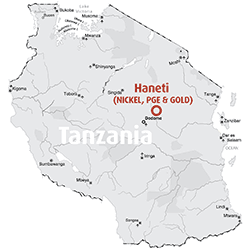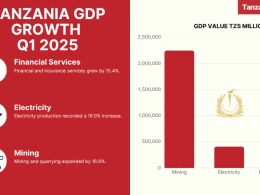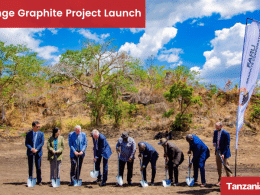Kibo Mining Plc (Kibo), a Tanzanian focused mineral exploration and development company, has announced the identification of a 30 km strike of nickel-platinum prospect at its Haneti Nickel Project in the Dodoma region, western Tanzania.
The announcement, released this month, elaborated the results of a comprehensive technical report covering full historical exploration and technical data from the Haneti Nickel Project.
The report is the final outcome from an independent Airborne Geophysical Data Interpretation carried out by Mzuri Exploration Services (MXS) since 2013 over the whole project.
The final results confirms the location, strike extent and internal structure of two newly interpreted composite nickel-platinum zones that extends significantly the previously known footprint of the Haneti-Itiso Ultramafic Complex (HIUC).
These newly outlined nickel-platinum zones count with strike lengths of approximately 30 km and 10 km to 20 km for the Southwest and Northwest zones respectively, while high priority nickel and Platinum Group Metal (PGM) targets have been confirmed at Mwaka and Mihanza Hills.
“The interpretation and modelling has produced exciting results, showing the HIUC rocks occur over a far greater strike length than previously thought. This work enabled the prospectivity of Haneti for nickel sulphide mineralization to be enhanced significantly at minimum cost and provides a more detailed picture of the sub-surface extent and geological structure. This will assist us in implementing a more focused drilling program”, said Kibo’s Chief Executive Officer Louis Coetzee.
The data from the geophysical study will continue to be evaluated both in-house and by the company’s consultants in order to assist them with geological modeling, new ground acquisitions and exploration program design as well, informed Kibo on its website.
After the discovery in 1970 of the largest Tanzanian nickel deposit in Kabanga in the Tanzania/Burundi border region, drilling operations started with reserves’ findings of 2.75 Mt, 3.0 Mt and 16.0 Mt at 2.31%, 1.12% and 0.71% nickel.
In 1990 further explorations by Sutton Resources and Romanex International, outlined reserves for 144 Mt at 0.66% nickel. More recently in 2010, African Barrick Gold (ABG) estimates reserves for 40 Mt at an average of 2.60% nickel.
According to Rift Valley Mining, a company with mining operations in eight African countries, Tanzania could become the biggest African nickel producer by the end of 2015 thanks to its huge reserves in this mineral.










